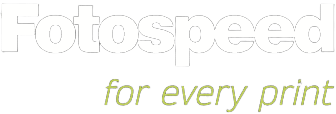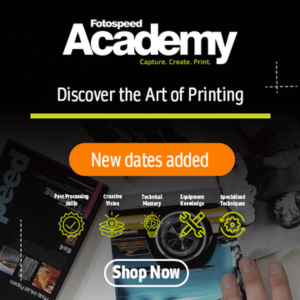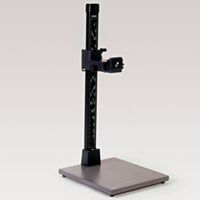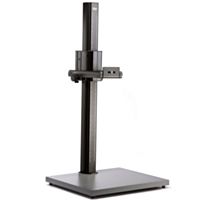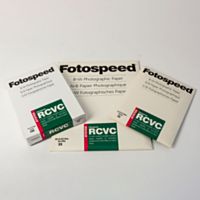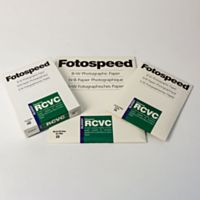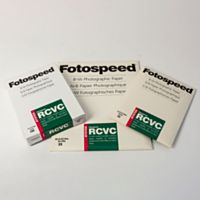Interview with Ross Hoddinott: How to make a living from Photography
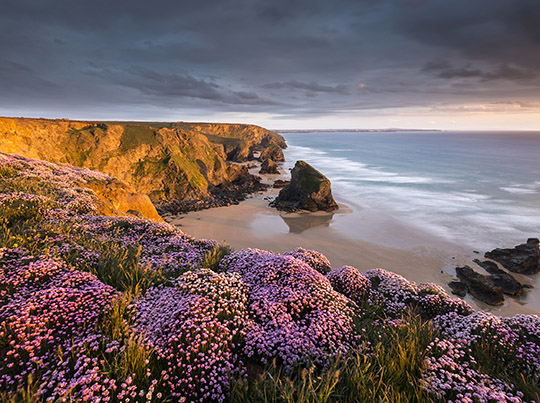

As part of our #PowerofPrint series we sat down with photographer Ross Hoddinott to discuss his photography journey and gain an insight into his top points on how to make a living from Photography.
Fotospeed: Thank you for sitting down with us. Lets start by finding out how you began your journey in photography?
Ross: I guess I had an unconventional upbringing. My parent’s home-educated me, and I quickly inherited their love of the outdoors. They bought me a little film compact camera as a Christmas present when I was 9- or 10-years old, and I instinctively wanted to photograph nature, particularly insects and wildflowers. A year or so later I won a category in BBC Countryfile’s inaugural photo competition, winning a top of the range SLR camera in the process. This was the catalyst. Aged just 12 or 13, I decided I wanted to make photography my career. I began contributing to photo mags soon after and started writing short articles about wildlife for local publications. Although I didn’t study photography formally, I effectively turned professional aged 18 and was making a ‘proper’ living from my work by my early twenties. I was lucky to have supportive parents that encouraged me to work hard and make my ambition a reality. I’m now in my forties and, scarily, have been a full time professional for over 25-years.
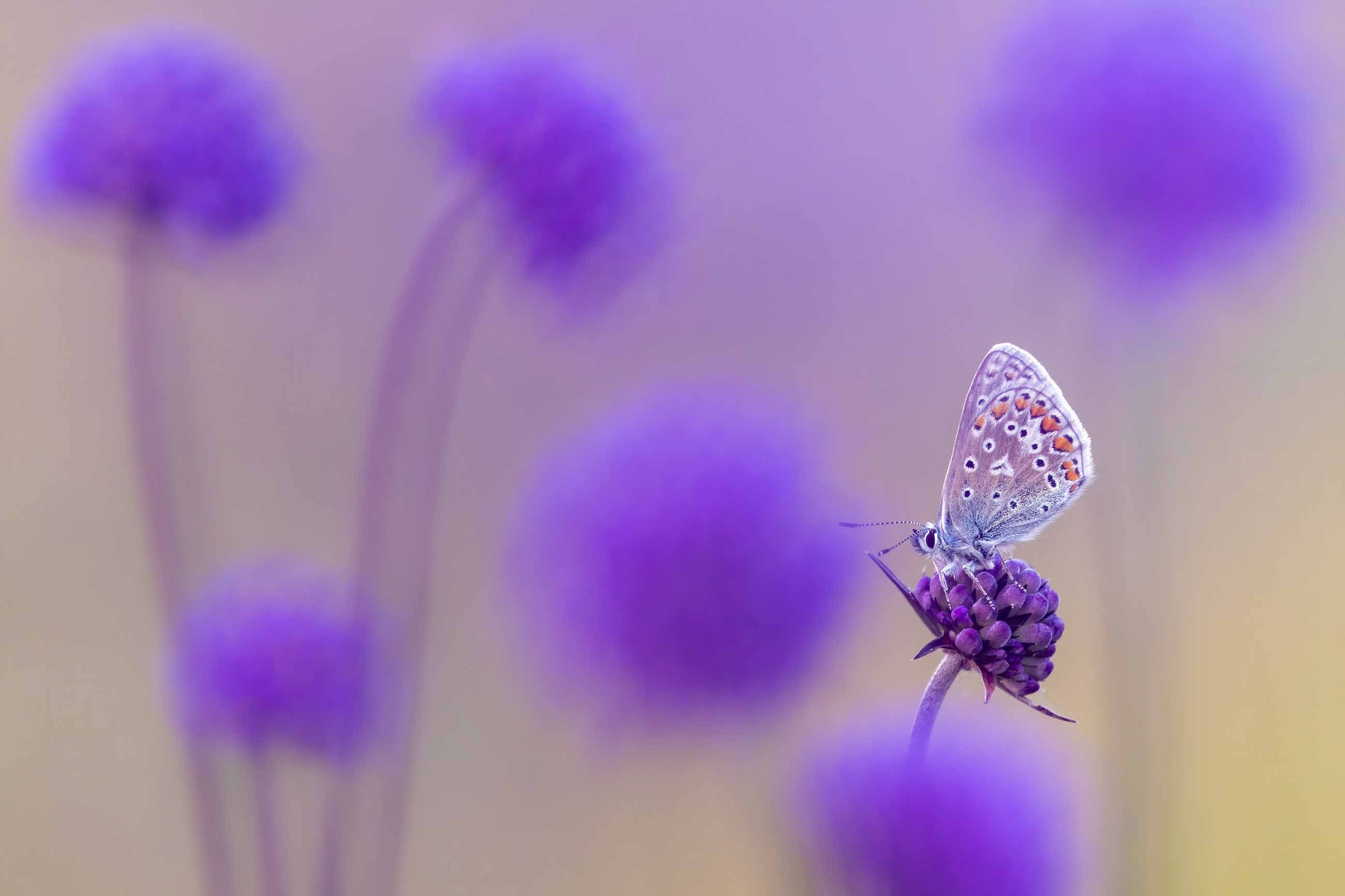
Fotospeed: When did you realise it was a vocation as opposed to a passion or hobby?
Ross: My first big competition win really gave me the idea, confidence, and belief that I could make photography my profession. Winning Young Wildlife Photographer of the Year in 1995 really cemented my belief that I could become a full-time pro. However, it was a very different arena in the mid-nineties. Without social media and YouTube, it was far harder to get your name and work seen, but – on the flipside – there were far fewer photographers to compete with, and the financial rewards were much higher, with stock photography still being relatively lucrative. Photography has obviously changed dramatically over the past couple of decades and as a professional, you simply must adapt and diversify to remain relevant.
Fotospeed: What is the best part of making photography your living?
Ross: How does the saying go, ‘do what you love, and you’ll never work another day in your life’? To some degree, that is exactly how I feel. I am blessed and privileged to be able to make my living from photography. I love taking photos – it is my buzz and passion. There are far more lucrative careers, but I love what I do. I’ve always been self-employed – I’ve never had a ‘proper’ job or even gone for a job interview. Although there is always a agree of uncertainty when you are self-employed, I love the freedom and control it gives me. Being a photographer is not as easy or glamourous as people might think, though. I work hard – the hours are often long and unsociable. But being home schooled taught me to be disciplined and self-motivated. However, increasingly few photographers can make their living from taking photos alone – photography education, workshops and writing books and magazine articles play a key role in providing my income. But when I am behind my camera, I’m as enthusiastic and passionate about photography as I ever have been. The desire to improve keeps me motivated and innovative. I love being close to nature and witnessing incredible scenery, light, weather, and animal behaviour. I’m fortunate that photography gives me the opportunity to visit some extraordinary places and meet wonderful, interesting people. And I’m motivated to showcase nature and highlight the importance of conservation. I’m lucky I can pay the bills and feed the kids doing something I truly enjoy!
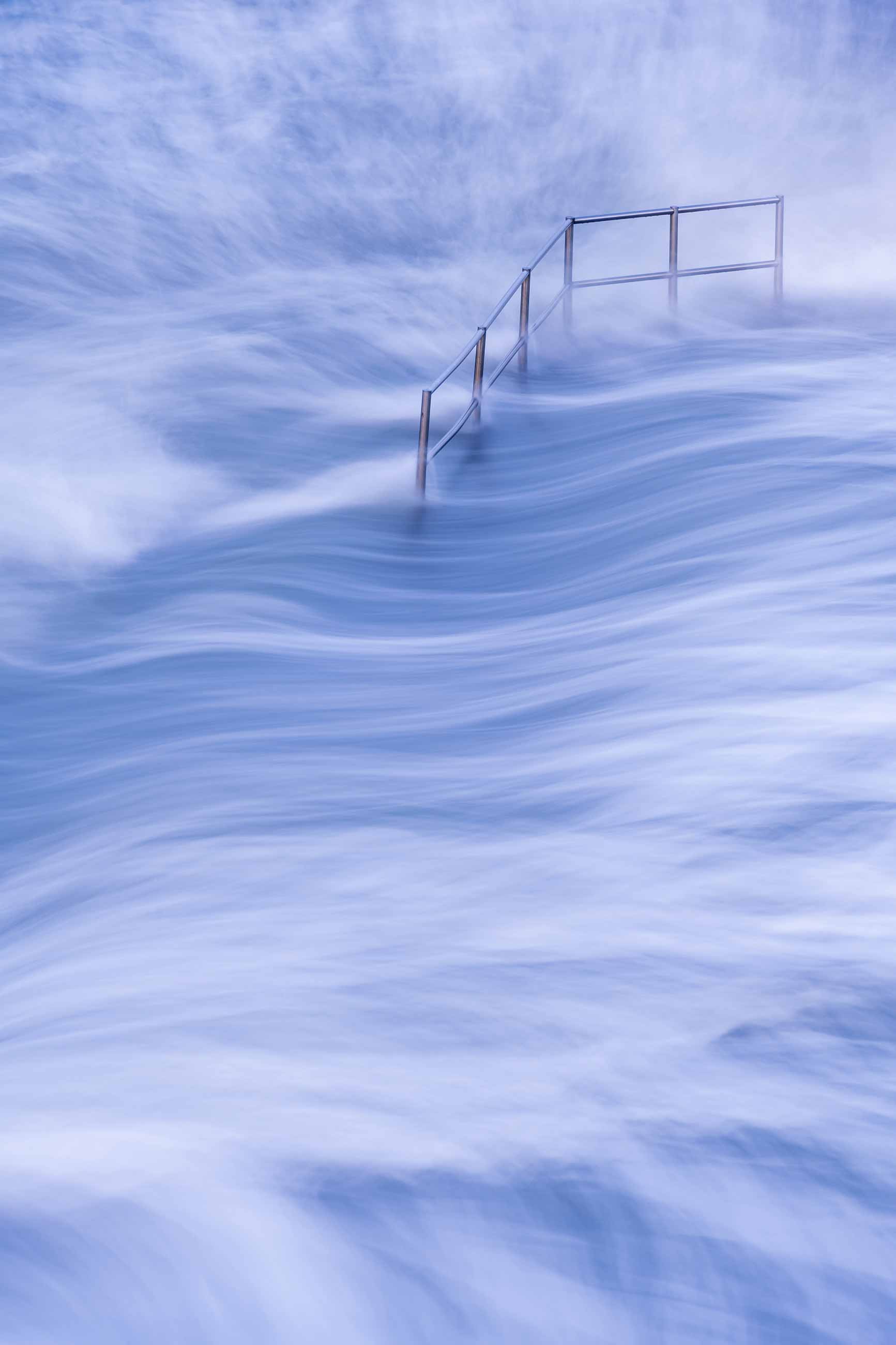 |
Fotospeed: Define the biggest challenge you have encountered and how did you overcome it? Ross: The industry has changed massively over the past two decades. I guess the popularity of photography today has also effectively undermined and devalued it too. Due to social media, we have become intoxicated with photography, almost growing immune to the quality of the imagery we see – viewing photos only briefly before swiping to the next shot. The popularity of manipulation, composite photography, and now AI is warping reality and expectation and it means that – for traditional, in-camera photographers like myself – it is becoming harder to produce standout, impactful work. Reproduction fees have plummeted, and stock images now sell for pennies, making it hard for anyone to make photography a secure living. I’m lucky, though, that I’m established name and my reputation helps to generate work and clients. And I’ve always tried to adapt and react to changes within the industry. However, going forward, I do fear for photography as a profession – I wouldn’t necessarily want to be starting out all over again now.
|
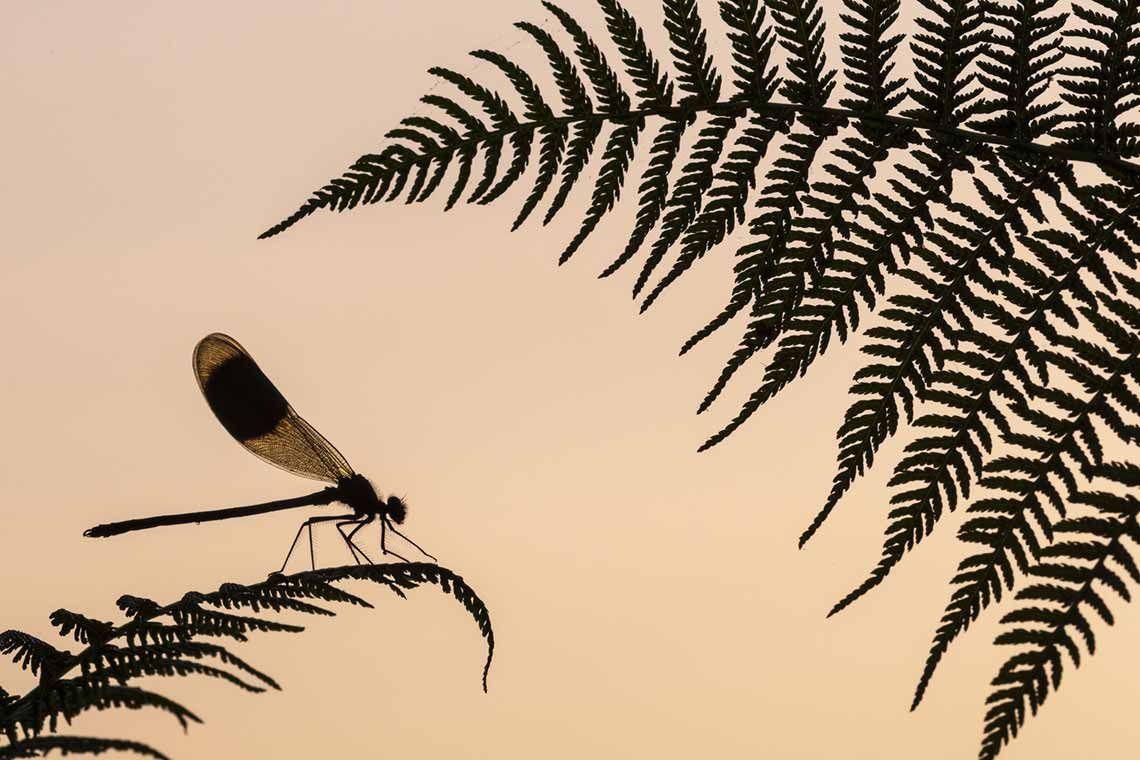
Fotospeed: What were the 3 most valuable things you learnt when setting up your photography business?
Ross:
Presentation is important – I’ve always tried to present myself as professionally as I can, responding to enquiries promptly, meeting deadlines, and clearly communicating any problems or delays.
Don’t put all your eggs in one basket – I learnt at an early age not to become over reliant on one revenue stream. My income is from a mixture of things, including stock, running workshops, book royalties, direct image sales, commissions, and editorial work. Combined, they provide my income.
Don’t become a jack of all trades – when I was a young, struggling photographer, I resisted the temptation to do other types of photography. I was approached to shoot pets, weddings, and portraits, but I knew if I did this, I would soon get accustomed to the income and lose direction. Instead, I politely declined the work and stayed focused on landscape and nature photography, which has proved the right decision long term.
Bio: Ross Hoddinott
|
Ross will be a familiar name with readers of the UK photo press, being a contributor to the likes of Amateur Photographer, NPhoto, and Outdoor Photography magazines. He is the author of several books, including Digital Macro and Close-up Photography and The Landscape Photography Workshop. Ross is a multi-award winner, and his exquisite close-up images have featured in Wildlife Photographer of the Year, The British Wildlife Photography Awards (BWPA) and International Garden Photographer of the Year. He is a Nikon Alumni and a brand ambassador for Benro, LEE Filters, and F-Stop Gear. For more information about Ross’s photography and workshops, visit: www.rosshoddinott.co.uk |
 |
